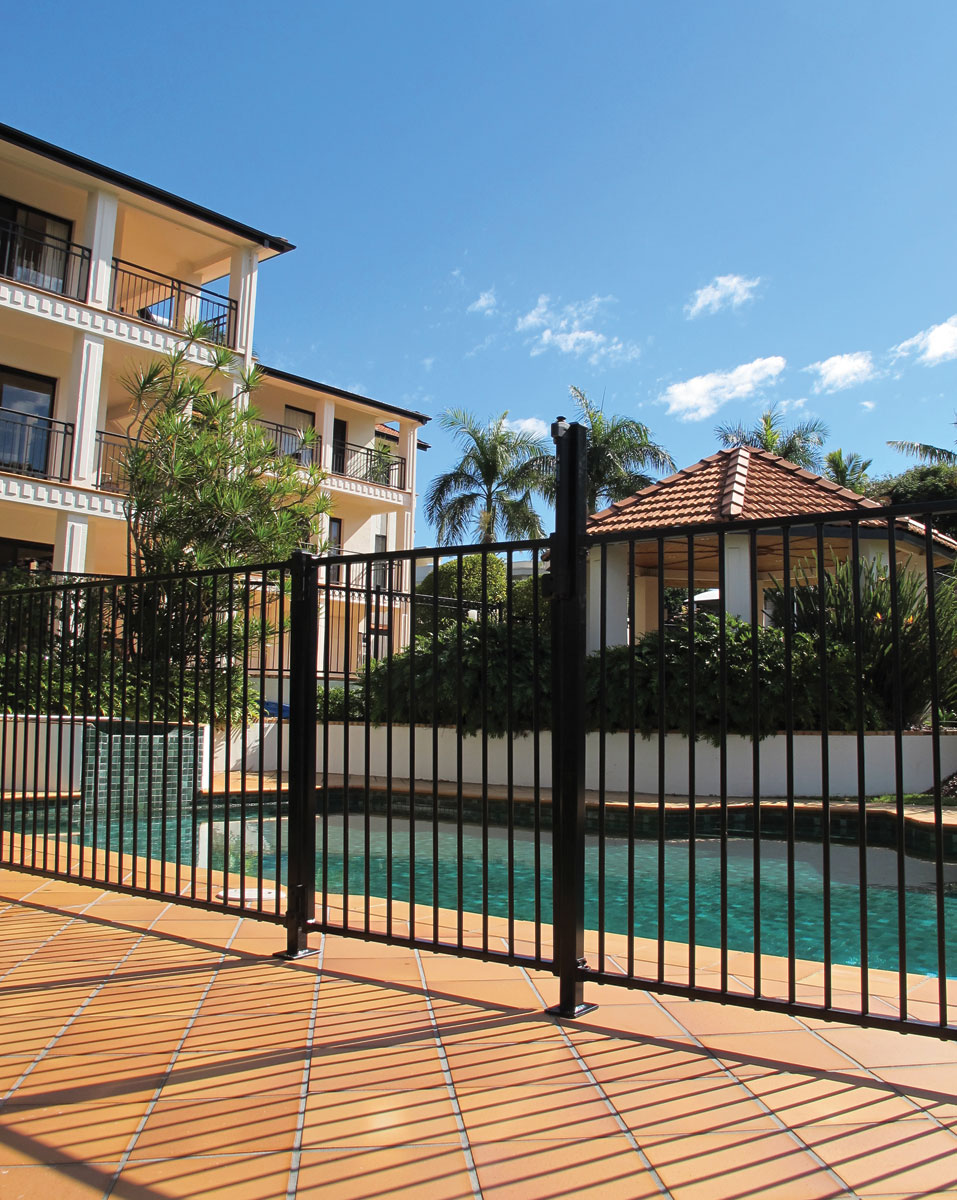1. Material Selection and Alloy Composition The durabil […]
1. Material Selection and Alloy Composition
The durability of any Black Modern Residential Aluminum Fence begins with the selection of the appropriate aluminum alloy. Aluminum alloys are categorized based on the percentage of alloying elements such as copper, zinc, and magnesium, which influence the material's strength and corrosion resistance.

Black Modern Residential Aluminum Fence
The common aluminum alloys used for fencing are the 6000-series alloys, specifically 6063 and 6061. These alloys offer a good balance of strength, durability, and resistance to corrosion, which is essential for outdoor applications like fences. By choosing high-quality aluminum alloys, manufacturers ensure that the Black Modern Residential Aluminum Fence will withstand harsh weather conditions such as rain, snow, and humidity without degrading quickly.
2. Extrusion Process
Once the material has been selected, the next critical step in manufacturing Black Modern Residential Aluminum Fences is the extrusion process. Extrusion is a method where aluminum is forced through a die to create the desired shape, whether it be a post, rail, or picket. This process allows manufacturers to create consistent, durable, and well-shaped components for the fence.
The extruded aluminum components are then cut to the required lengths, ensuring precision and uniformity across all parts of the Black Modern Residential Aluminum Fence. The extrusion process also contributes to the fence's structural integrity, as it allows for a consistent thickness of material, which enhances the overall strength and durability of the fence.
3. Surface Preparation and Cleaning
Before a Black Modern Residential Aluminum Fence is coated or painted, it undergoes a thorough surface preparation and cleaning process. This step is vital for ensuring that the fence will have a smooth, even finish and that the coating adheres properly.
The aluminum parts are typically cleaned using a combination of mechanical and chemical methods. Mechanical cleaning can include sandblasting or wire brushing, which removes dirt, oil, and oxidation from the surface. Chemical cleaning, on the other hand, may involve using alkaline or acidic solutions to remove contaminants and etch the surface of the aluminum, creating a better bond for coatings.
4. Anodizing Process
One of the effective processes used to increase the durability of Black Modern Residential Aluminum Fences is anodizing. Anodizing is an electrochemical process that thickens the natural oxide layer on the surface of the aluminum. This oxide layer is not only protective but also makes the fence more resistant to corrosion, abrasion, and fading caused by UV exposure.
During the anodizing process, aluminum is immersed in an acidic solution and an electric current is applied. This process causes the aluminum surface to react with oxygen, creating a durable oxide coating. The result is a fence that is highly resistant to wear and tear, as well as environmental factors like rain and saltwater, which can be especially important for homes near coastal areas.
Additionally, anodizing allows for the application of various colors, including black, which is a popular choice for modern residential fences. The anodized layer is more than just decorative; it also provides enhanced protection against scratching and fading, ensuring the Black Modern Residential Aluminum Fence retains its aesthetic appeal over time.